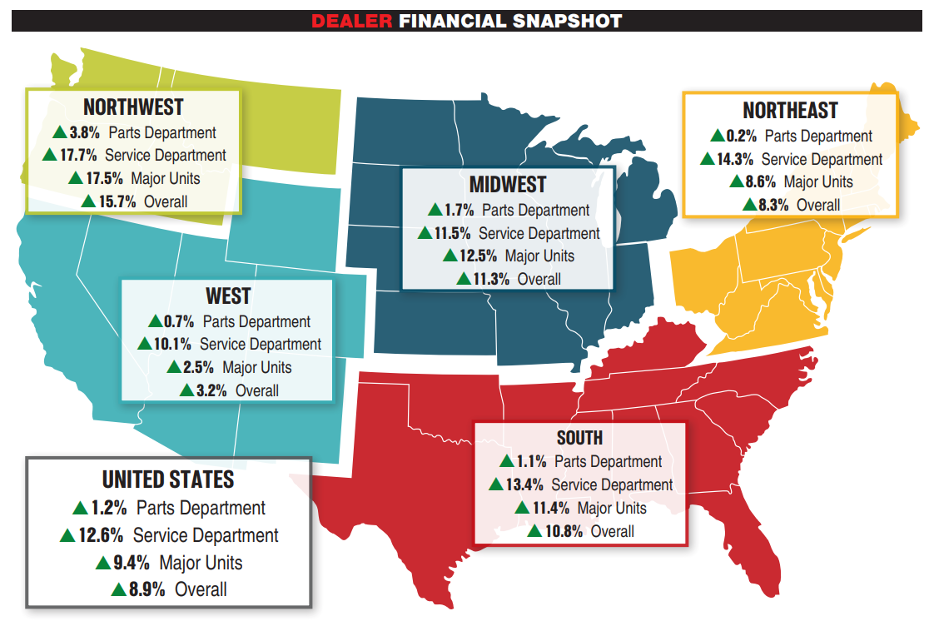KPI — November 2022: The Brief

Relentless inflation, supply chain challenges and labor shortages continue to impact consumers and business owners alike.
The Conference Board Consumer Confidence Index® decreased in October, following back-to-back monthly gains. The Index now stands at 102.5 (1985=100), a sharp decline from 107.8 in September. The Present Situation Index – based on consumers’ assessment of current business and labor market conditions – nose-dived to 138.9, following a reading of 150.2 last month. The Expectations Index – based on consumers’ short-term outlook for income, business and labor market conditions – dipped to 78.1.
The Consumer Sentiment Index November Preliminary Report – a survey consisting of approximately 50 core questions covering consumers’ assessments of their personal financial situation, buying attitudes and overall economic conditions – is currently 54.7, down 8.7% from the previous month’s reading and well below the initial estimate, according to the University of Michigan Survey of Consumers.
Joanne Hsu, director at Survey of Consumers, says declines in sentiment were observed across the distribution of age, education, income, geography and political affiliation – indicating recent improvements in sentiment were tentative. Instability in sentiment is likely to continue, which she says is a reflection of uncertainty over both global factors and the eventual outcomes of mid-term elections.
“For now, both inflation and higher borrowing costs are squeezing household spending,” adds Jim Baird, chief investment officer at Plante Moran Financial Advisors. “For low-income households in particular, higher prices for essentials limit discretionary spending, crimp savings and contribute to higher credit card debt.”
According to NFIB’s Small Business Optimism Index, 33% of small business owners reported inflation as their single most important problem in operating their business, three points higher than September’s reading and four points lower than July’s highest reading since the fourth quarter of 1979.
“Owners continue to show a dismal view about future sales growth and business conditions, but are still looking to hire new workers,” says Bill Dunkelberg, NFIB chief economist. “Inflation, supply chain disruptions and labor shortages continue to limit the ability of many small businesses to meet the demand for their products and services.”
Professionals in the automotive, RV and powersports industries remain steadfast in their efforts to evolve their business models and grow their brands in the face of adversity. As such, the monthly Key Performance Indicator Report serves as an objective wellness check on the overall health of our nation, from the state of manufacturing and vehicle sales to current economic conditions and consumer trends. Below are a few key data points explained in further detail throughout the report:
This Month’s Top Takeaways:
- The October Manufacturing PMI® registered 50.2%, 0.7 percentage point lower than the 50.9% recorded in September, according to supply executives in the latest Manufacturing ISM® Report On Business®.
- The Consumer Price Index for All Urban Consumers (CPI-U) rose 0.4% in October on a seasonally-adjusted basis (the same increase as in September), notes the U.S. Bureau of Labor Statistics. Over the last 12 months, the all items index increased 7.7% before seasonal adjustment.
- NFIB’s Small Business Optimism Index declined 0.8 points in October to 91.3, which is the 10th consecutive month below the 49-year average of 98.
- Total new vehicle sales for October 2022, including retail and non-retail transactions, are projected to reach 1,157,900 units – a 15.2% year-over-year increase. Comparing the sales volume without adjusting for the number of selling days translates to an increase of 10.9% from 2021, according to a joint forecast from J.D. Power and LMC Automotive.
- Powersports Business says dealerships across the country experienced overall revenue growth (on average) in September, according to composite data from more than 1,700 dealerships in the U.S. that use the CDK Lightspeed DMS. Parts, service and sales revenue increased across every region. In the Midwest, the average dealership posted a 1.7% increase in parts sales. The service department saw the largest increase in revenue growth, with the average dealership reporting a 12.6% increase in service revenue. The Northwest recorded the largest increase in service revenue, while out West saw the least. Sales revenue growth did not trail far behind the service department. The average dealership posted a 9.4% increase in new and pre-owned sales for September 2022 versus year-over-year. Once again, the Northwest reported a significant increase in sales revenue. Overall, the average dealership experienced an 8.9% revenue increase during September, which is less than last month’s average report of 19.8% revenue growth. The West reported the least growth in every department and an average of 3.2% revenue growth overall, while the Northwest reported the highest average of revenue growth.

KPI — November 2022: State of Business
Key Performance Indicators Report — November 2022



